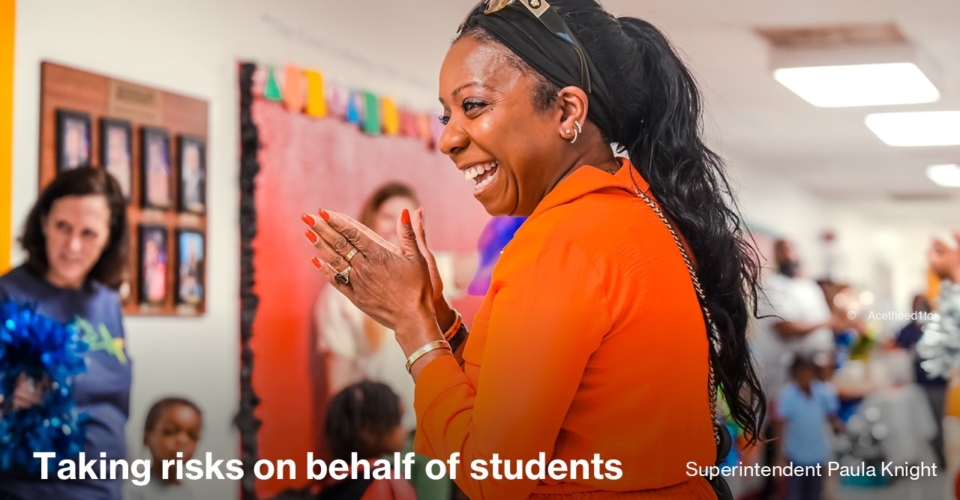Strong K12 leadership has never been more important. Amid a mental health crisis, teacher shortage and stress among school faculty, it’s up to education leaders to step in and guide their flock toward a successful 2023 and beyond. Thankfully, the world is filled with passionate educators.
On Monday, the National Association of Elementary School Principals announced the recipients of the “2023 National Outstanding Assistant Principals” recognition. Twenty-seven assistant principals were celebrated for their contributions to their school communities.
“Assistant principals are uniquely positioned to effect meaningful change in schools, making them a critical piece of a successful school community,” said NAESP Executive Director L. Earl Franks in a statement. “Working closely with principals, these school leaders support faculty and staff—who need it more now than ever amid a national mental health crisis—and build a compassionate school climate that prioritizes student academic and social-emotional success.”
Each assistant principal also shared insight into some of their best practices and how they’ve managed to build a strong, supportive learning environment.
Here are three best practices from some of the nation’s most successful leaders in education:
Instructional Leadership
As author John C. Maxwell put it, “A leader is one who knows the way, goes the way, and shows the way.” This is a model that Makeda-Ione Brome, assistant principal of Chester A. Moore Elementary School in Fort Pierce, Florida, follows as an instructional leader.
“As an instructional leader I attend, support, and if needed, co-facilitate our daily K-5 math plannings,” she wrote. “The goal for collaborative planning is to use the strength of each teacher to bring out the best in all teachers and classrooms.”
It is through these data-related meetings that make it possible for her to shift school culture and connect students and families with the proper resources, and in turn, boost student achievement.
Connecting Students With Staff and Peers
For students, seeing a friendly face in the hallway is powerful, according to Gina Voges, assistant principal of Laurel Elementary School in Laurel, Delaware. It helps them feel a sense of belonging and trust in their leaders.
“Over the last few years, I not only wanted our students to have a connectedness to our school, but I also wanted to build on social-emotional learning,” she wrote. But during the pandemic, this became an extremely difficult task as students were forced to stay home without any face-to-face interactions with their teachers and peers. In response, the school developed seven virtual clubs in that nearly 150 students participated.
“This not only benefited our students’ well-being, but it was a nice change of pace for staff members who volunteered to run the classes on Zoom,” she wrote. “It was such a success we held another round of virtual clubs and added another 100 students.”
Establishing Positive Behavior Interventions and Supports
For this passionate leader, finding ways to enhance his school’s PBIS has become one of his greatest passions. Willie Burrel, assistant principal at Mona Shores Middle School in Norton Shores, Michigan, believes in the power of creating positive behavior systems and supports to build connections and relationships.
For instance, Burrel has connected with local restaurants to charter lunches for students, award students and staff with theme park passes through additional partnerships, and provide students with “school swag” and notify their parents of their accomplishments.
“It’s a big deal!” he wrote. “I believe the best practice of creating positive behavior systems and supports aligns directly with the best practice above of making connections and building relationships.”
“It helps me to be proactive instead of reactive,” he added. “It ensures we create goals. It holds us responsible to communicate with one another so that those goals are achieved. With these supports and others like it, we continue to see growth building-wide in commitment and accountability.”
More from DA: What are the most prominent issues discussed in school board meetings today?



